My NAS has become such an integral part of my setup that I don’t even think about it as a separate device living on the network. I use it for both work and personal stuff without actively thinking about using it — it’s just second nature now.
When a sudden maintenance need came up, I let my curiosity run astray and shut down my NAS for a full week. There was no fallback, no hybrid setup — just relying solely on good-old cloud services. I turned it into a real experiment to see how my workflow adapts without a crucial cog of this well-oiled machine. As I had expected, I did miss a few things about my NAS — but, to my surprise, there were a few I didn’t.
Missed: Instant local access to large files
There is nothing instant about the cloud
A lot of you probably guessed this would be my biggest pain point. I rarely think about how quick local access to files has been with the NAS. I often work with large photo folders, video assets, and backup archives — and when those live on the NAS, grabbing them is instant.
Forget gigabit LAN; even wireless access from the NAS is snappy. But with the NAS offline and everything moved to Google Drive, I had to download multiple gigabytes of files before I could even start working. On a 200Mbps connection, that meant several minutes of me staring at a progress bar to finish. Accessing files directly from the cloud was glitchy, unreliable, and with compressed video playback.
Missed: Automated backups
I didn’t have to think about them ever
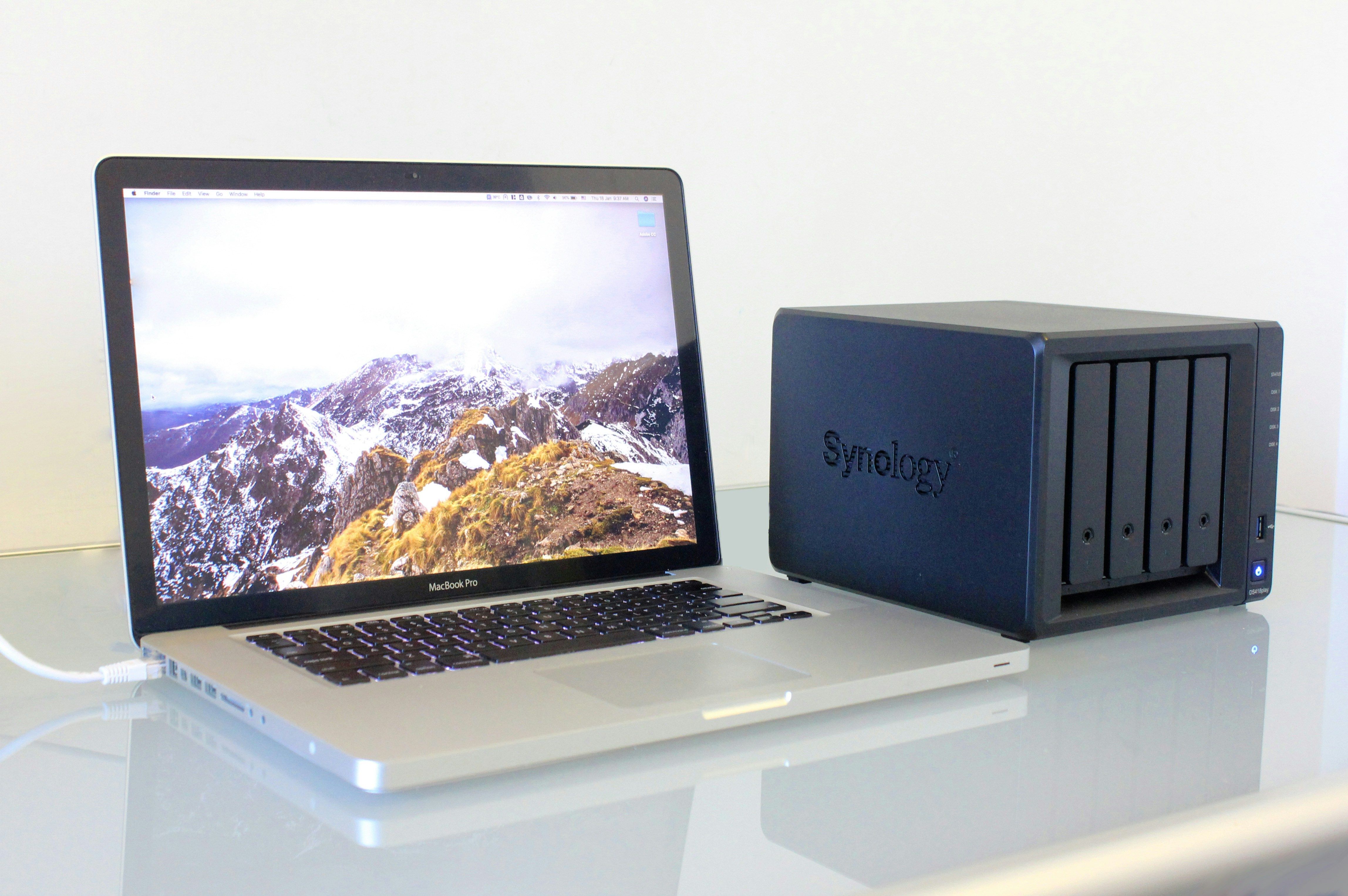
Source: Unsplash
My NAS runs scheduled backups of my entire laptop via Time Machine and syncs key folders across my two computers and phone. It also takes regular snapshots of project directories all by itself.
It’s a setup I’ve tuned over time — nothing fancy, but solid and dependable. Without it, I had to fall back on cloud alternatives. And while they technically work, they’re slower, less intuitive, and sometimes require manual effort. The real value of NAS backups isn’t just storage, it’s peace of mind. Everything just works without me having to think about it.
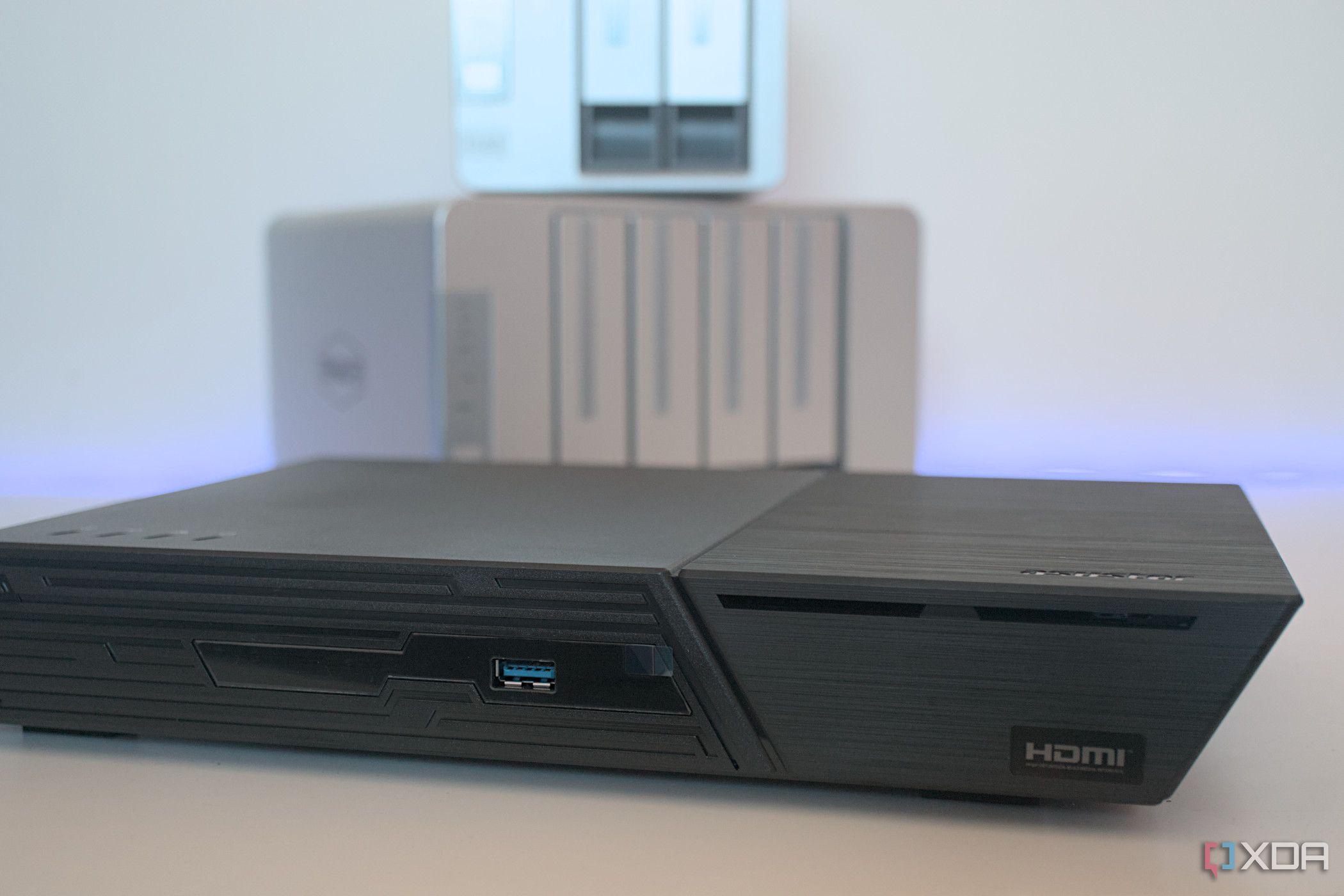
Related
Buying a NAS transformed how I back up all my devices — here's how
Buying a NAS for your home could be the best tech purchase you've made yet.
No compromise with my movie time
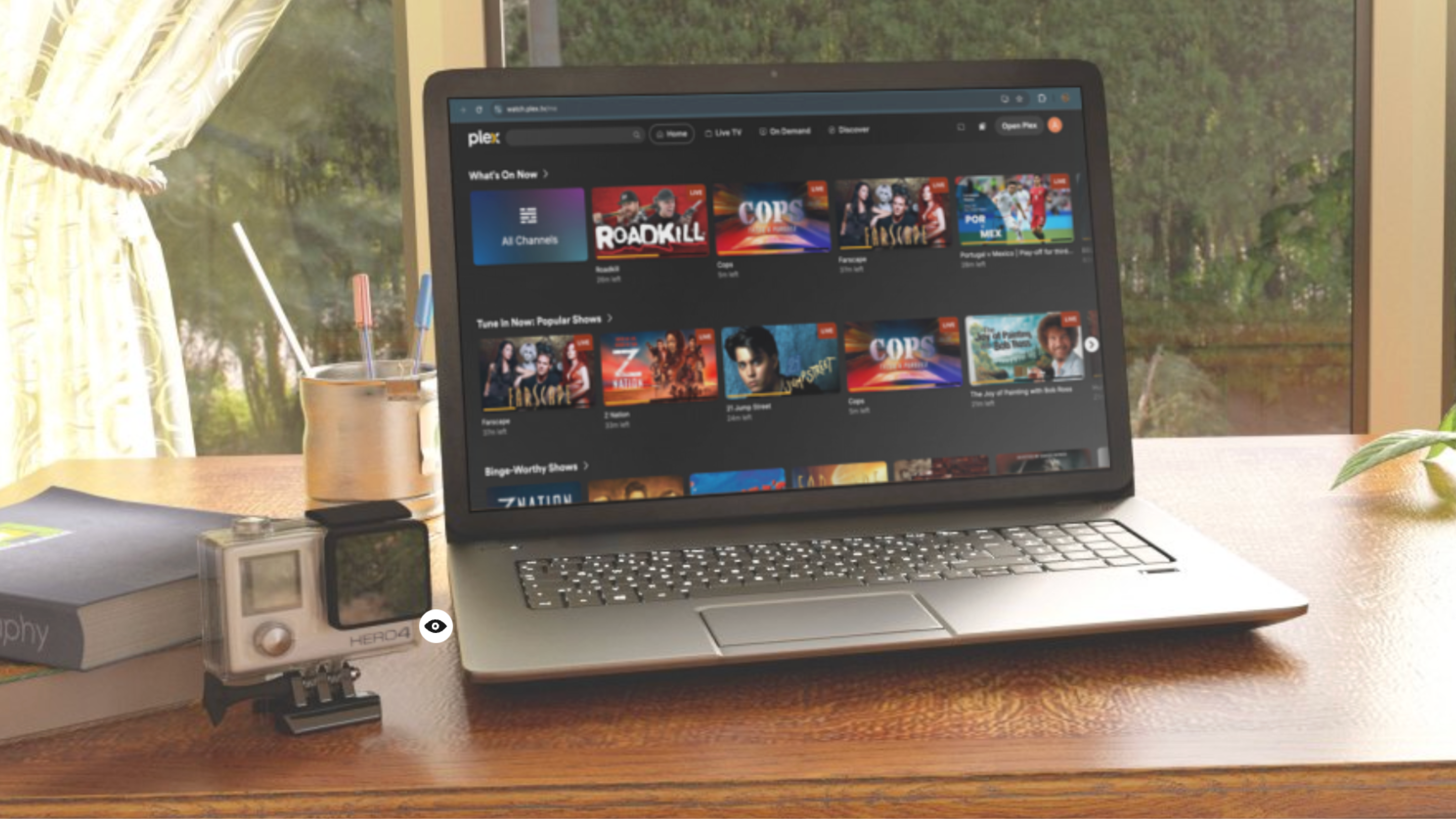
Source: Mockup.photos
I’ve been using Plex on my NAS for years, and I didn’t realize how spoiled I’d become. Streaming over LAN just works with full-quality, instant playback, and no buffering.
That wasn’t the case with cloud streaming. Whether it was Google Drive or OneDrive, the experience was noticeably worse. Delays, frequent buffering, and 4K video looking like 480p. A solid reminder that local media playback still beats cloud streaming by a mile.
Missed: A space that felt like mine
There’s peace in having everything in one place
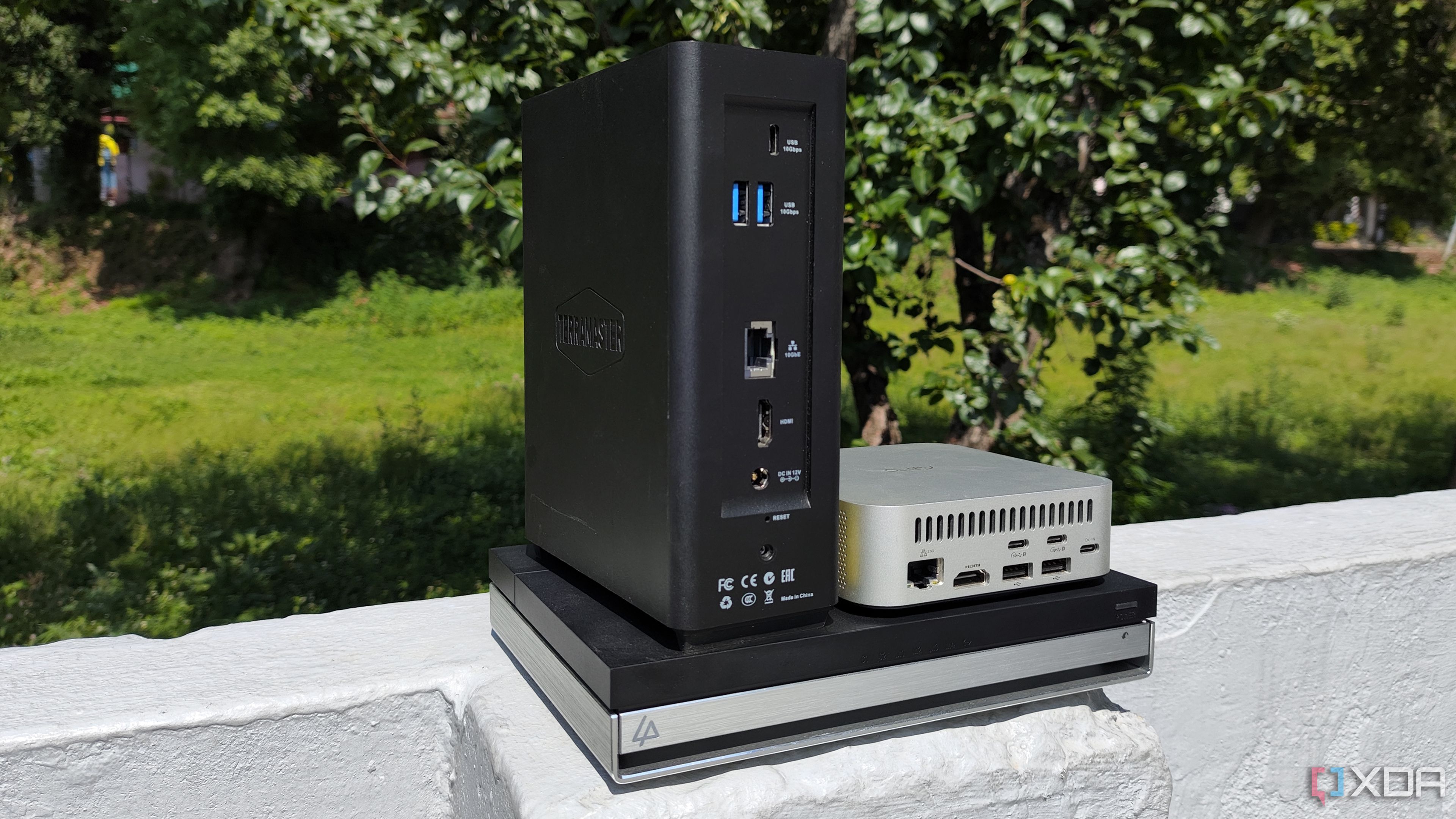
This one’s less tangible, but it hit harder than I expected. Using my NAS feels like stepping into a space I built — something I own with no ads, branding, quotas, or terms and conditions to deal with.
Cloud services, on the other hand, felt fragmented. I had to jump between Google Drive, Dropbox, OneDrive, iCloud, and Notion. That sense of control and centrality was missing. It reminded me why I built the NAS in the first place: to have a reliable, private hub where everything just lives.
Didn’t miss: 24/7 uptime for everything
Do I really need that constant availability?
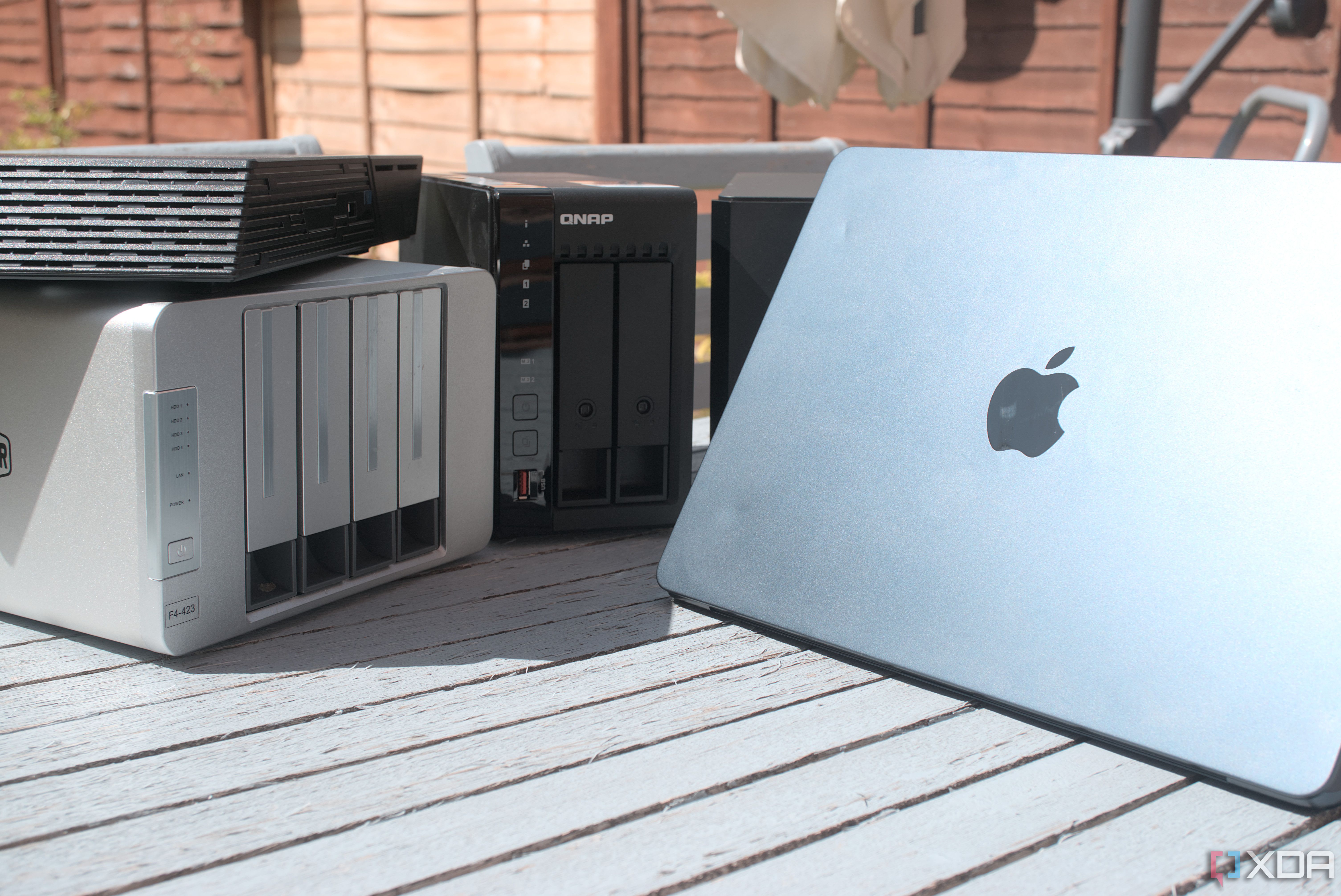
I’ve always run my NAS 24/7, with all sorts of services always on — containers for syncing, note-taking, task managers, and more. But with it offline, I switched to either cloud tools or manual triggers.
And honestly? I didn’t feel the lack of 24/7 uptime. Most of my sync jobs worked fine with a once-a-day trigger. It made me question how much of that always-on setup I ever actually needed. It turns out I was just being fussy all this while.
Kill your darlings, as they say
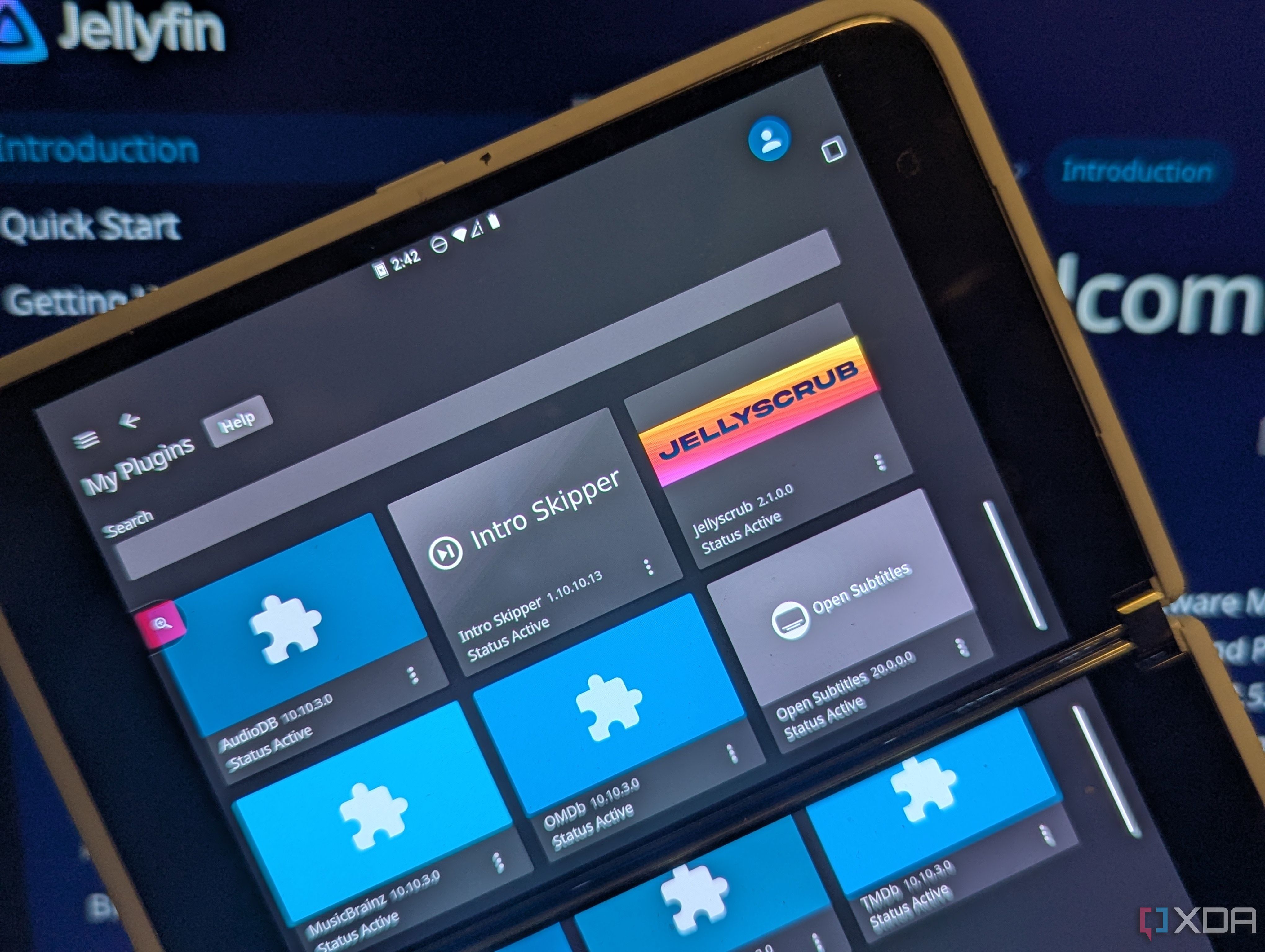
My NAS runs a handful of self-hosted apps — tools like Nextcloud for file sync and calendar, Jellyfin for media streaming, Bitwarden for password management, and more. I love the idea of owning my tools, but this week made me realize how little I used some of them.
I didn’t miss my kanban board, nor did I miss Wallabag. They were just sitting there with no real purpose. Installed with the idea that I might use them someday — and that day never came. Their absence made no impact, which was a good reminder to clean things up.
Didn’t miss: Complex setups for simple tasks
Are we overdoing this?
As soon as I got a new NAS for myself, I spent hours building custom workflows — syncing my phone’s screenshots to a specific folder, running scripts for downloads,and automating note sorting, which was fun but also a bit much.
This week made me realize a lot of those workflows could be replaced with regular cloud-based apps or simple IFTTT-style automation if needed. They weren’t as tailored, but they got the job done pretty well. I now know that I don’t need to be that pedantic about every little thing. As I go back to using the NAS, I’ll be trimming some of the fluff for sure.
I’m still going back to my NAS
This week was a reality check. It taught me a lot about how to manage my NAS better, what I truly need, and where I can ease up. But let’s be clear: I’m still going back to my NAS; I haven’t been more sure about it.
It’s brought together so many parts of my life — from work to personal — and has simplified my digital life in a way no cloud service ever has. And now I affirm that local access to my files is plainly non-negotiable, no matter what Big Tech wants to pitch about the cloud.
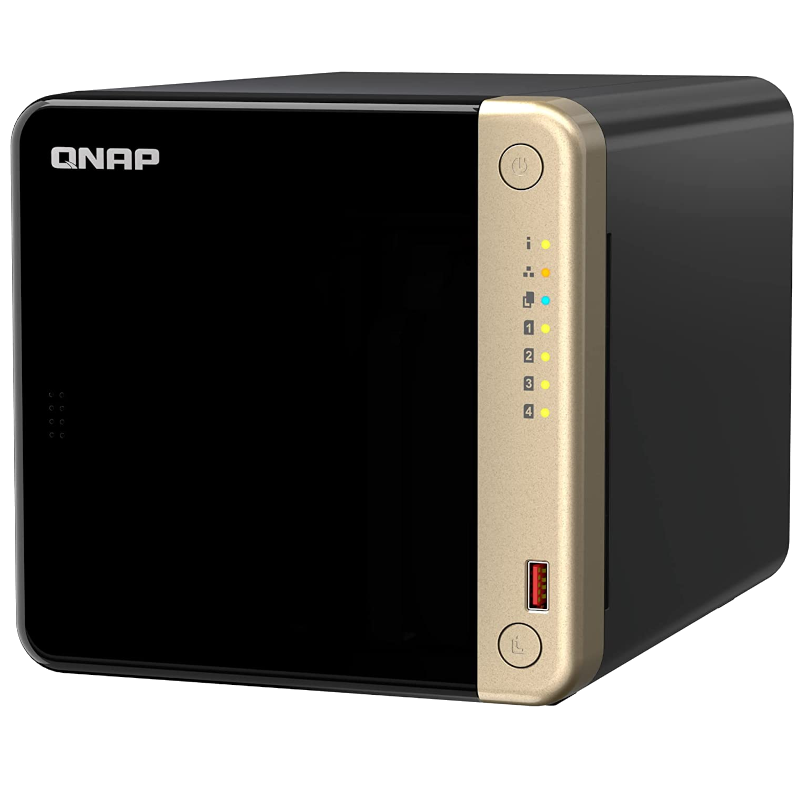
Brand QNAP
CPU Intel Celeron N5095
Memory 8GB DDR4 (max. 8GB)
Drive Bays 4
Expansion 2x M.2 PCIe 3.0, 1x PCIe Gen 3 x2
Ports 2x 2.5 GbE, 2x USB-A 3.2 Gen 2, 2x USB-A 2.0, 1x HDMI
QNAP's TS-464 is an impressive four-bay NAS with a striking design, powerful internal specs, and IR support for a remote control. If you're looking for the best-equipped NAS for running Plex (or other media solutions) without spending a small fortune, this is the NAS for you.
.png)
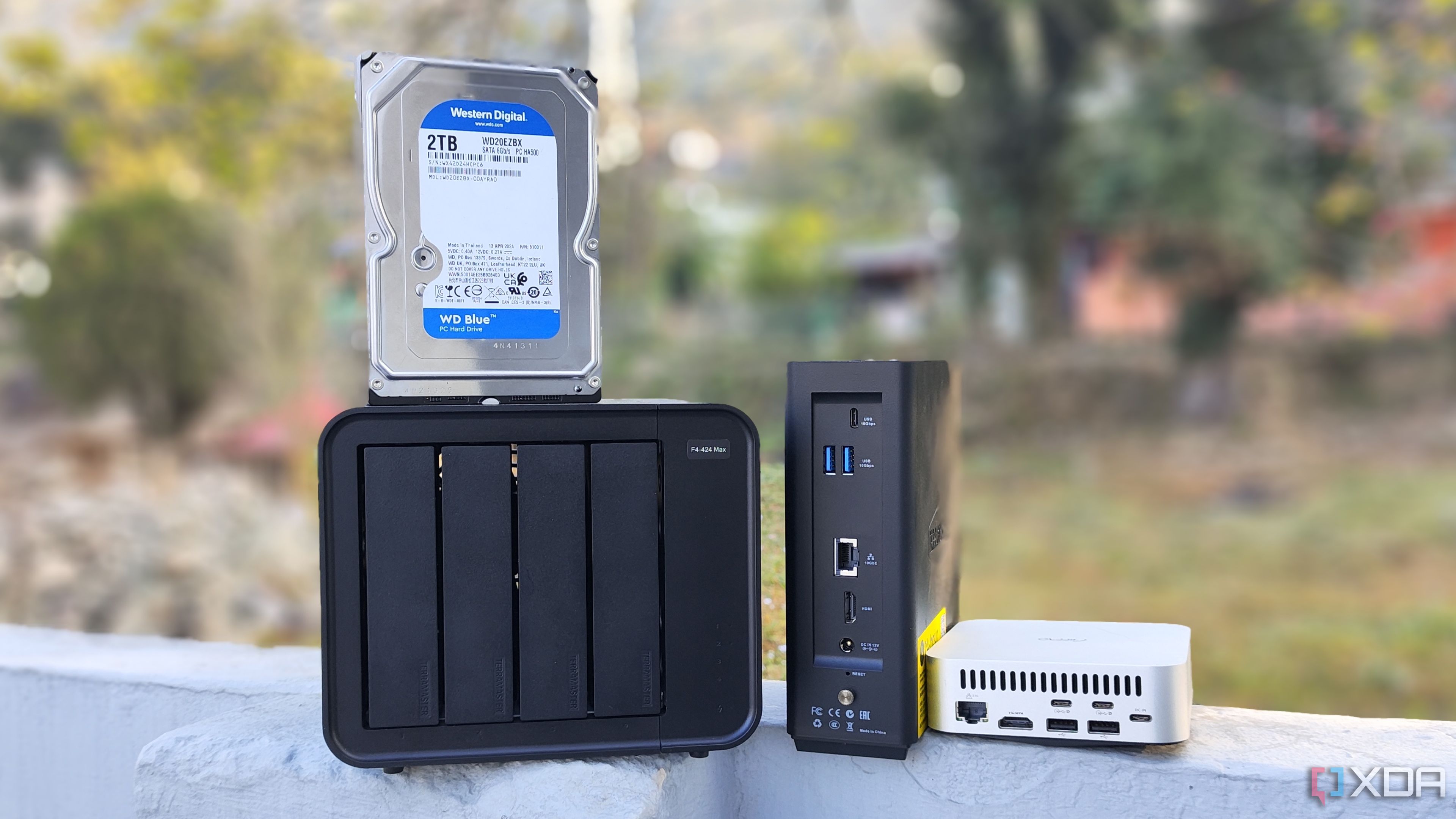











 English (US) ·
English (US) ·